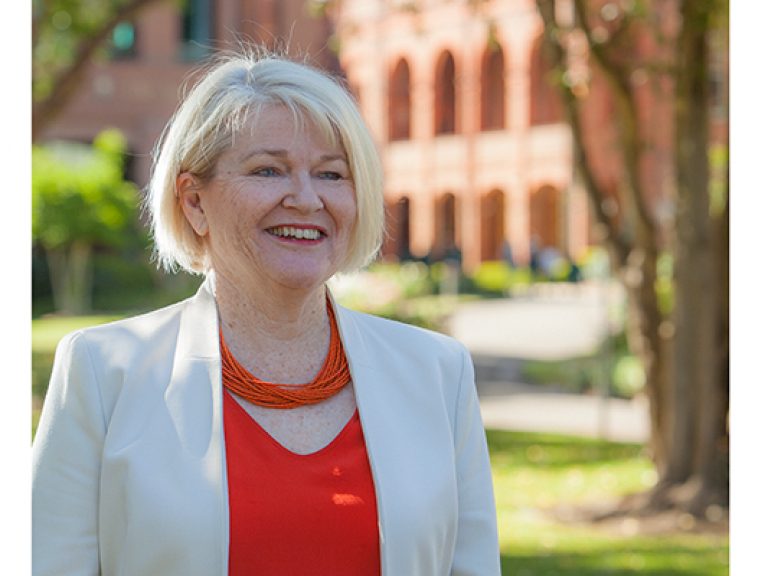Let’s not dumb down the curriculum to a series of ‘dot points’. If you hear your children referring to ‘dot points’ this is a not-so-secret code for Board of Studies syllabus outcomes in each course. Unfortunately, the process of joining up the dots is sometimes missed in the scramble for security that ‘dot points’ apparently represent. When senior students plead with their teachers to just give them the ‘dot points’, they are illustrating a helplessness that hopefully teachers won’t indulge.
In place of dots we need to think ‘concepts’ and to offer students a genuine purpose for learning, and multiple opportunities to engage with concepts across the curriculum. So both subject-specific and interdisciplinary concepts are most important in organising the knowledge content that students need to grasp. If they cannot answer why they are learning a particular topic, how it relates to what they already know, and how they will apply that knowledge, then their learning growth will be stunted. We already know the pitfalls of students trying to learn by rote prepared answers for HSC examinations. If they get a question that ‘throws’ them in some way, then the exam is blamed rather than poor preparation. Student learning, and hence teaching, needs to be sufficiently agile to enable students to answer questions that are indeed not typical. The Primary Years Programme being introduced to Del Monte this year is an exemplar of curriculum that focuses on big ideas and concepts within which curriculum content is organised.
From the earliest age right through to HSC, students should be encouraged to ask questions of their learning, to be given tools to help them ‘learn how to learn’, and to engage in ‘good struggles’ with their learning. We have often heard the expression ‘death by powerpoint’ in relation to boring, unengaging presentations. Perhaps we need to add ‘dulled by dot points’ to an evaluation of teaching and learning. I will conduct a ‘Looking for Learning’ tour across the campus in the next two weeks (accompanied by students) to complement the Principal’s Listening Tour of last year. I will be looking for evidence of student engagement, questioning, a range of purposeful learning activities, and student reflection on their learning.
I am looking forward to this next adventure!
I leave you with the following ideas about prayer from our Dominican family newsletter – OPFAM
“Practiced and preached in our western world today are many different methods of prayer and meditation from a variety of religious and nonreligious traditions. One has only to think of such oriental imports as Zen, Yoga, Aikido, Hindu and Buddhist chant; or turn to the secularized adaptations of these like transcendental meditation, mind control, Arica, body reading, physical and mental massage; or recall the more familiar (and so less known?) forms of Christian prayer—liturgical worship, the Rosary, Ignatian spiritual exercises, Benedictine, Carmelite, Carthusian, Trappist, Franciscan modes of contemplation—all still alive and well enough among us: or consider the free, easy, spontaneous approach to prayer promoted and popularized in and through the Christian charismatic renewal. For those who have “eyes that see and ears that hear,” there is invitation and method aplenty to move beyond our prevailing stifling materialism into the lighter, fresher world of the spirit”. (OPFAM 11 February 2014)
Dr Maree Herrett



